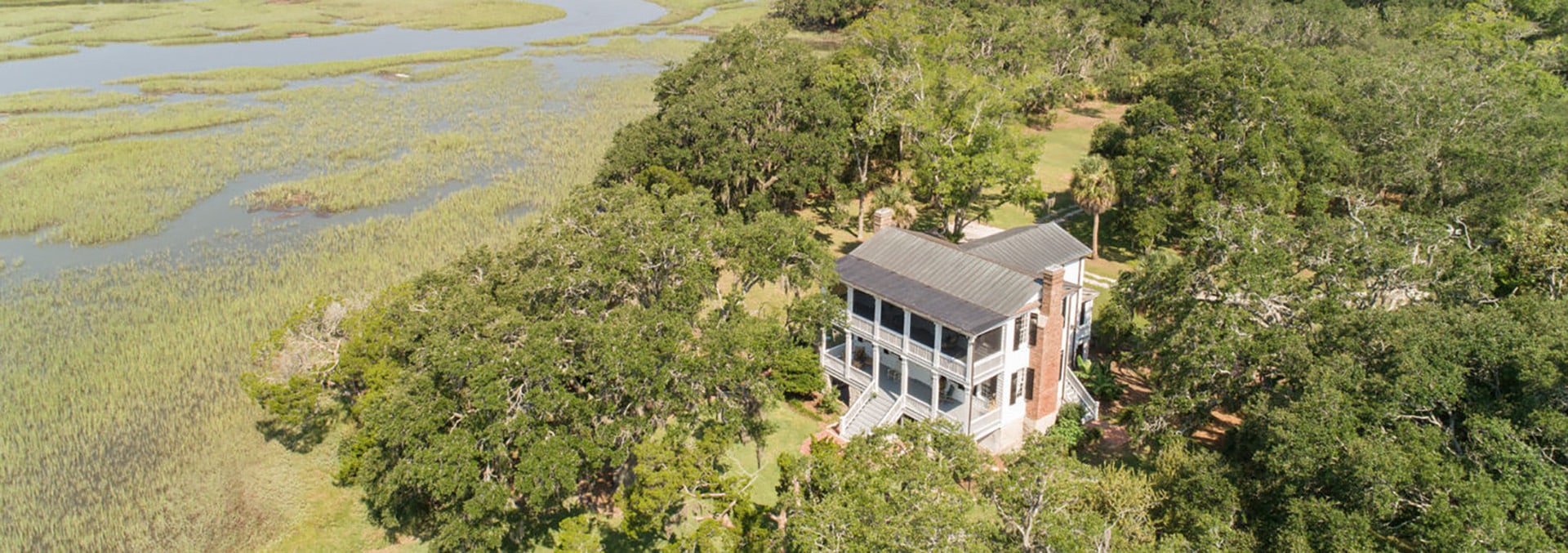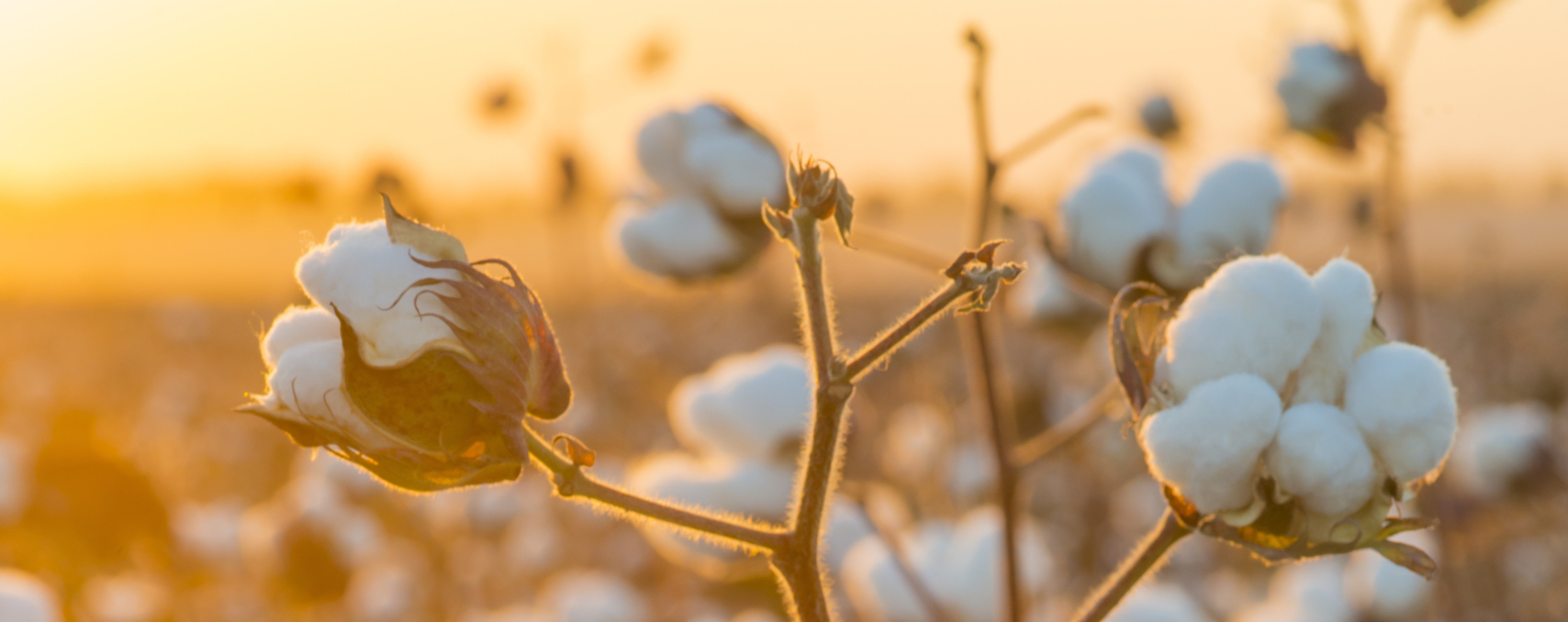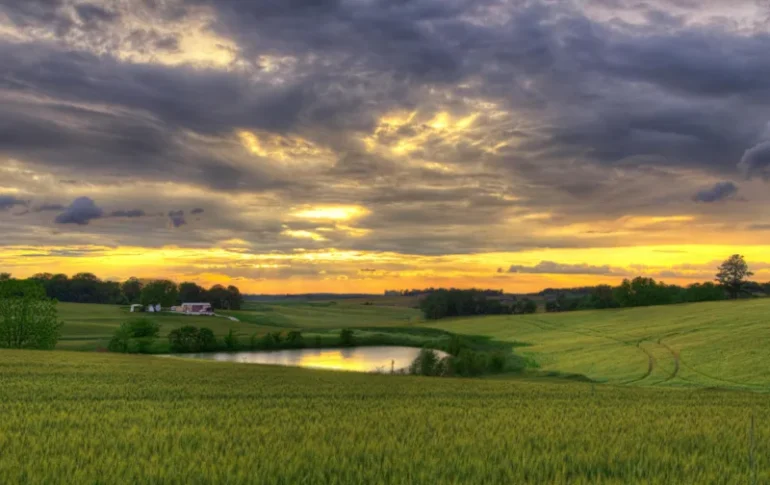Plantations In The American South
By William Cooper
Plantations evoke an intense sense of place. In the Lowcountry, it’s about the salty perfume in the air and the ebb and flow of the tide. The marsh grass swaying in the breeze, and oysters living in the mud, making racks to break the current, creating an ever-changing environment. The fine sea breeze swirling through the jungle-like woods anchored by Live Oaks with massive branches stretching 60 feet. The palmettos crackling in the breeze. The wildlife that calls the sea-crusted place home. The people living off the land and sea since the beginning of time; every season bringing a different crop to harvest, species of fish to catch, or game to hunt. It is the most culturally-mixed and diverse place in the United States and a place full of rich history, both good and bad.
In their heyday, the typical plantations were self-sustained communities, economic and political institution governed by the planter. Plantation architecture was designed to mitigate the hot subtropical climate and provide natural cooling. The houses, some grand and some more modest, were the centerpieces of the plantations. Plantation crops were determined by the soil and climate, with tobacco, cotton, rice, indigo (only second to rice as export and used in the European market for dye) and sugarcane each predominating in a particular zone of the southeast. Livestock and timber also played an important role.
During the 18th century, over 40,000 acres of rice were planted along the South Carolina coast. The original rice seed arrived in Charleston Port from Madagascar in 1680. Along with seeds, the rice cultivation technique came from West Africa, and slaves were brought over to grow the rice. The descendants of those slaves—the Gullah—still inhabit the Sea Islands of South Carolina, and their culture and traditions are alive and well today.
In the Lowcountry of South Carolina, tidal flooding was used in rice cultivation. Ocean tides pushed the rivers upstream, then diverted water into the field through flood gates known as rice trunks. On a flood tide, the planter would flood the field, and on an ebbing tide, the field would be drained. The year’s yield depended not only on the slave labor but also on knowledge of the condition of the crop and the proper timing to flow or draw water. By the time of the American Revolution, the Lowcountry was the largest exporter of rice in the world.
There is also a long history of cattle ranching on the sea islands. The cattle-raising techniques used in Europe were not practical in the brush country of the islands. In Africa, open grazing with no fences was common. This method was better suited for the islands, and cattle ranching provided significant income for the plantations. Open grazing then moved west and combined with the haciendas and Spanish horseback traditions to create the western cattle industry.
American Sea Island cotton—a productive strain with unusually long, silky fibers found only in the Lowcountry—became a profitable crop for 18th-century sea island plantation owners. It originated in the Andes thousands of years earlier before being brought to the Caribbean and eventually the Lowcountry in 1786, where it was well-suited to the warm climate. To this day, Sea Island cotton is considered one of the finest strains of cotton, and in the late 18th century and up to the Civil War, made Beaufort and other Lowcountry towns some of the wealthiest in the country.
Many southern plantations in the mid-to-late-18th century focused their efforts on growing tobacco, but over-planting depleted the soil of nutrients and production and profits dropped. Plantation owners began to turn more and more to cotton production but faced a new challenge as it could take slaves up to 10 hours to pick the seeds from a pound of cotton. That all changed when northerner Eli Whitney, an inventor who moved to a plantation near Savannah in the late 1700s after graduating from Yale, learned from the plantation owner of the challenges involved with harvesting cotton. He subsequently invented the cotton gin and received a patent for it in 1794 and began marketing his new product soon after. The cotton gin enabled one slave to remove seeds from 50 pounds of cotton in a day, and it inexorably transformed the American economy. On southern plantations, faster production meant that cotton could be produced much more cheaply, which created a broader market for it at home and abroad. As demand and profits grew, plantation owners acquired more slaves to expand their operations, and slavery grew dramatically, as did the wealth of many plantation owners.*
The plantations that survive in the American South today are beautiful, with grand and graceful houses and sprawling gardens providing idyllic living in a historical and picturesque setting. Their cultural and historical importance and agricultural production helped shape many southern cities and towns. While only some are still used for agricultural production today, many modern plantations have led the way when it comes to wildlife management and land and forest conservation, providing outstanding recreational opportunities for hunting and fishing, while preserving the history and tranquility of these cultural landmarks.






